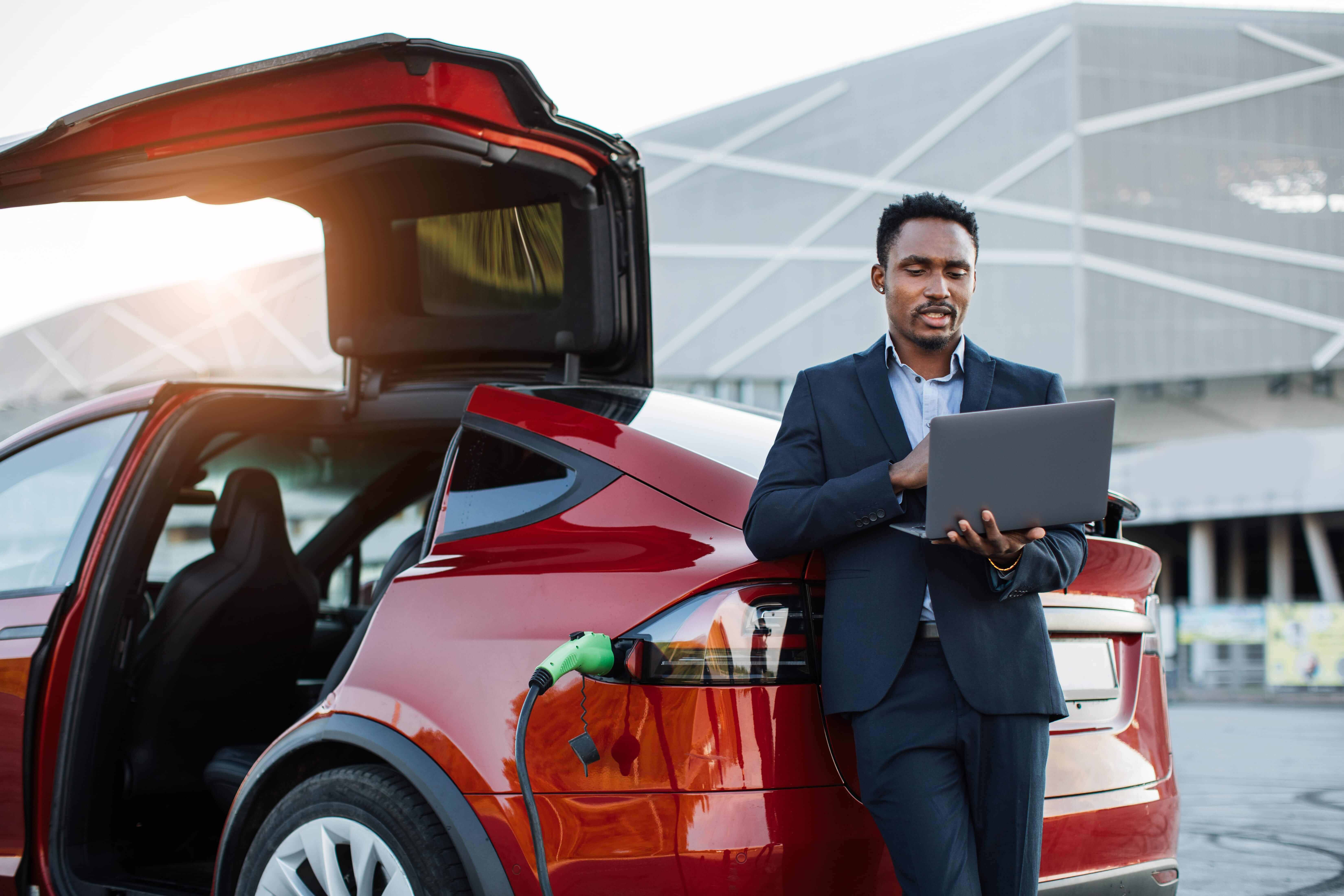Automotive Software Trends Driving the Future of Autonomous and Electric Vehicles
Automotive software is playing a crucial role in the evolution of autonomous and electric vehicles. Key trends include artificial intelligence, machine learning, IoT connectivity, and advanced driver assistance systems (ADAS). These technologies are enhancing vehicle automation, safety, and energy efficiency, leading to smarter, cleaner, and more efficient transportation solutions.
As the automotive industry rapidly evolves, software is playing an increasingly vital role in shaping the future of mobility. From fully autonomous driving to the widespread adoption of electric vehicles (EVs), automotive software is at the forefront of these technological advancements. Car rental services are also feeling the impact, with new opportunities for companies offering monthly car rental in Dubai, where consumers demand access to cutting-edge vehicles equipped with the latest software innovations. These advancements are setting the foundation for smarter, greener, and more efficient transportation.
The Role of AI in Autonomous Vehicles
Artificial intelligence (AI) is a major driving force behind autonomous vehicle development. AI-powered automotive software enables vehicles to navigate complex environments, make real-time decisions, and learn from new experiences. Autonomous driving software uses machine learning algorithms to process large amounts of data from cameras, radar, and LiDAR systems, ensuring that the vehicle can "see" and react to its surroundings.
Tesla, Waymo, and other automakers have embraced AI in their autonomous vehicle systems, promising a future where self-driving cars will be the norm. In the near future, car rental companies may offer autonomous vehicles for rent, especially in tech-savvy cities like Dubai, where the demand for innovation is high.
Connectivity and Vehicle-to-Everything (V2X) Communication
Vehicle-to-everything (V2X) communication is another trend that will shape the future of transportation. V2X-enabled vehicles use automotive software to communicate with each other and surrounding infrastructure, such as traffic signals, pedestrian crossings, and even nearby buildings. This connected ecosystem allows cars to anticipate and avoid accidents, reduce congestion, and ensure smoother traffic flows in urban environments.
For instance, connected electric vehicles (EVs) can optimize routes in real-time, cutting down on energy consumption and reducing range anxiety—a key concern for EV users. This connectivity will soon become a standard feature in the rental fleet of any forward-thinking car rental service.
Electric Vehicle (EV) Software and Battery Management
The electric vehicle revolution is impossible without cutting-edge software that manages everything from battery life to charging infrastructure. EVs rely heavily on automotive software to monitor and optimize battery performance, extend driving range, and manage charging cycles. Advanced software enables EVs to find charging stations, monitor electricity costs, and integrate with renewable energy sources like solar power.
Car rental companies in Dubai are increasingly offering EVs to meet the growing demand for environmentally friendly transportation. With a solid charging network in place and advanced EV software on board, companies can efficiently manage fleets of electric cars for short-term rentals or longer-term options, such as monthly car rentals.
Over-the-Air (OTA) Updates
Another key software trend is the implementation of over-the-air (OTA) updates, which allow car manufacturers to push software improvements directly to vehicles. OTA updates are vital for keeping autonomous and electric vehicles up to date with the latest safety features, bug fixes, and performance enhancements without the need for a physical visit to a service center.
This software trend is crucial for car rental companies as it ensures that their vehicles remain competitive, with the latest features and safety standards in place. OTA technology will likely make its way into rental fleets, allowing businesses to remotely manage and update vehicles, enhancing both safety and customer satisfaction.
The Intersection of Autonomous and Electric Vehicles
The convergence of autonomous driving technology and electric vehicles (EVs) is poised to redefine the transportation landscape. Automotive software is the glue that will hold this future together. Self-driving EVs could form the backbone of urban mobility, offering efficient, eco-friendly transportation solutions for everyday use.
The Dubai government is already taking strides to embrace autonomous and electric vehicles, with plans to have 25% of all journeys conducted via self-driving cars by 2030. For a car rental in Dubai, this means that a future-focused rental business will need to incorporate electric, autonomous, and software-driven solutions into its fleet to meet the growing demand for sustainable and technologically advanced vehicles.
Conclusion: Embracing the Future
As the automotive industry moves towards a software-first approach, the role of technology in shaping the future of autonomous and electric vehicles becomes more apparent. From AI-powered driving systems to V2X communication and advanced EV software, automotive trends will soon influence how car rental companies operate and what consumers expect. For businesses offering car rental in Dubai, adapting to these trends is key to staying competitive in an evolving market that increasingly demands sustainability, innovation, and safety.

Subscribe & get all related Blog notification.





Post your comment